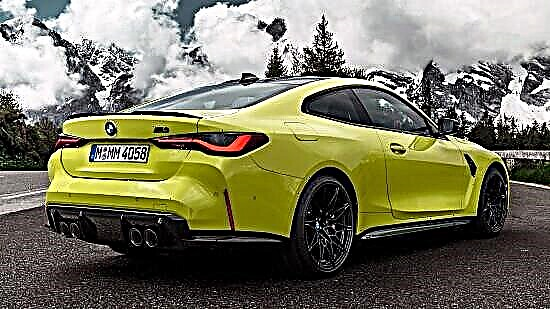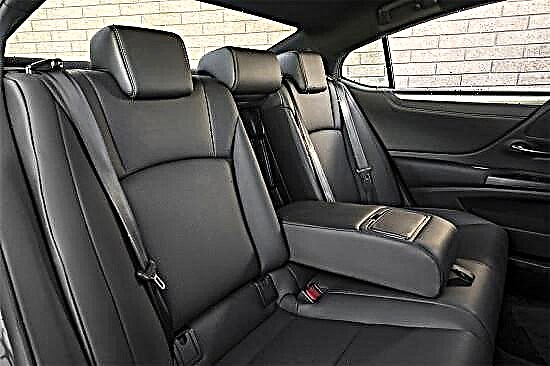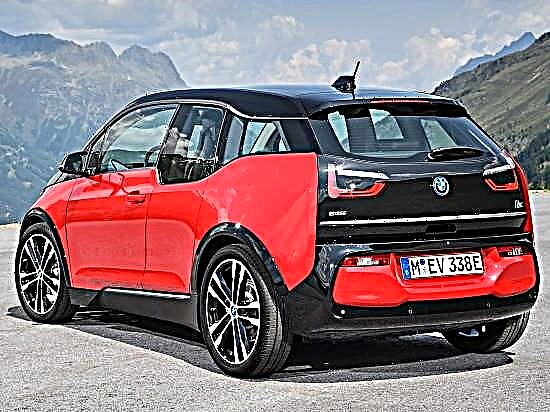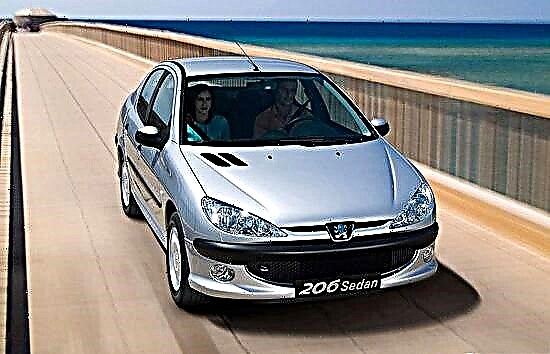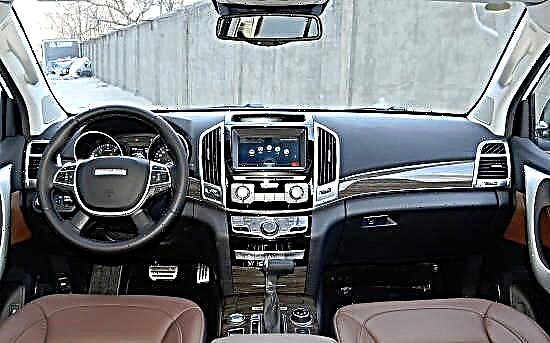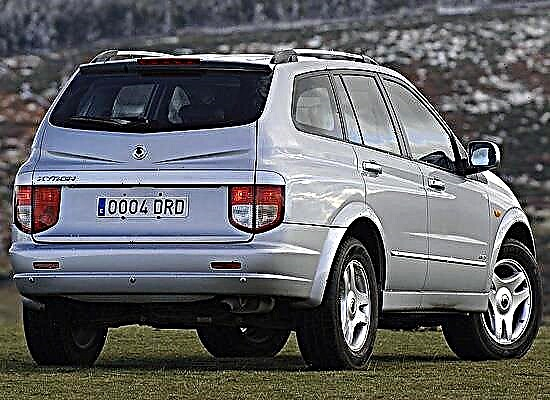The first generation Korean SUV SsangYong Kyron entered the market in 2005 and lasted there until 2007, when it was replaced by a new model.
The SsangYong Kyron is a mid-size five-door SUV with a frame structure and a five-seat cabin layout. Its length is 4660 mm, width - 1880 mm, height - 1755 mm, distance between axles - 2740 mm, ground clearance (clearance) - 195 mm.

In curb condition, the car weighs from 1825 to 1975 kg, depending on the engine, gearbox and equipment. It boasts a spacious luggage compartment with a volume of 625 liters (2322 liters with the rear seat folded down).

The engine is located on the SsangYong Kyron in the front longitudinally. Three motors were offered for the SUV. The turbo diesels had a volume of 2.0 and 2.7 liters and produced 141 and 165 horsepower (310 and 340 Nm of peak torque, respectively). The 3.2-liter petrol unit had a capacity of 220 "horses" (312 Nm). Engines were combined with 5-speed "mechanics" or 5-band "automatic", rear or all-wheel drive. The latter is implemented on the car according to the Part Time system, without an center differential, so its use on dry clean asphalt is impossible.
The "first" SsangYong Chiron has an independent spring suspension at the front and a dependent spring suspension at the rear. Disc brakes are installed in a circle, ventilated on the front wheels.

The main advantages of the first generation SsangYong Kyron include powerful and fairly economical engines, a spacious interior and a spacious luggage compartment, excellent cross-country ability, low cost of the car itself and affordable spare parts, extraordinary appearance and fairly rich equipment.
Disadvantages are mediocre view through the rear window, there are many ergonomic mistakes (for example, lack of cup holders), rigid suspension, cheap interior materials, and also not quite high-quality assembly.

